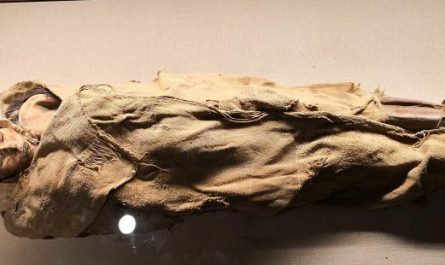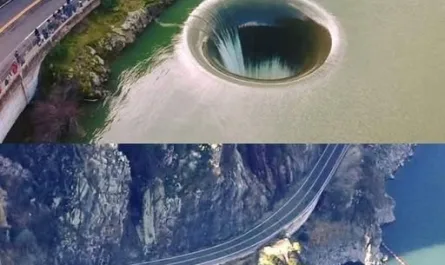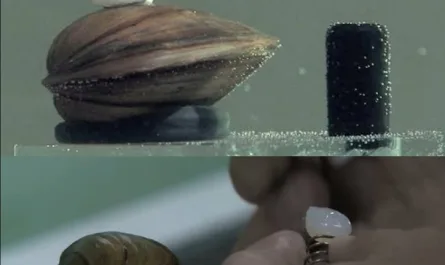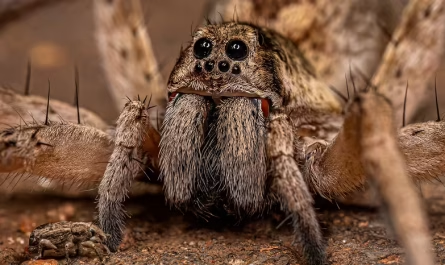Imagine a world teeming with life, millions of years before humans walked the Earth. A world where delicate, flower-like creatures swayed gracefully on the ocean floor, their intricate arms filtering food from the currents. Now, imagine holding a piece of that world in your hands, a perfectly preserved testament to its ancient beauty.
That’s precisely the feeling one gets when encountering a remarkable crinoid fossil from the Holzmaden Shale in Germany. Often referred to as “Sea Lilies” due to their striking resemblance to terrestrial plants, these ancient echinoderms offer an unparalleled window into the marine ecosystems of the Lower Jurassic period, approximately 180 million years ago.
The Phenomenon of Holzmaden: A Lagerstätte Like No Other
What makes the Holzmaden Shale so special? This renowned geological formation is a true treasure trove for paleontologists and enthusiasts alike. It’s what’s known as a lagerstätte, a sedimentary deposit that boasts an extraordinary abundance and completeness of fossils, often including soft tissues rarely preserved elsewhere. The secrets to its incredible preservation lie in the unique conditions of its formation.
During the Toarcian Stage of the Lower Jurassic, this area was a deep, oxygen-depleted (anoxic) basin, part of the ancient Tethys Sea. When marine life perished and settled to the seafloor, the lack of oxygen prevented rapid decay by bacteria and the disturbance of scavengers. This essentially created a natural time capsule, allowing organisms to be buried quickly and their delicate structures to be preserved in astonishing detail. The finely laminated, dark, bituminous limestone of the Posidonia Shale (which is the formation found in Holzmaden) is rich in organic matter, further indicating these unique, low-oxygen conditions.
Crinoids: The Stars of the Ancient Seafloor (and Beyond)
Among the many wonders unearthed from Holzmaden, the crinoid fossils stand out. While crinoids are still found in modern oceans (around 600 species!), the Jurassic forms, particularly those from Holzmaden, often attained gigantic sizes and exhibited fascinating behaviors. The most famous species found here is Seirocrinus subangularis, which was even named “Fossil of the Year” in 2018 by the German Paleontological Society.
A particularly stunning Seirocrinus subangularis specimen, dating back millions of years, exemplifies the delicate artistry of prehistoric life. What’s truly remarkable about such a fossil isn’t just its age, but its incredible size and the meticulous preservation of its intricate details.
Unlike many crinoids that are anchored to the seafloor for their entire lives, Seirocrinus subangularis from Holzmaden are often found in spectacular “rafts” or colonies attached to floating driftwood. These magnificent specimens can stretch for several meters, with individual stalks reaching up to 20 meters (65 feet) long! Imagine a dense forest of these feathery creatures, drifting through the ancient seas. When these driftwood rafts eventually sank into the anoxic depths of the Holzmaden basin, the crinoids, often still entangled, were laid down gently and preserved in their entirety, their delicate arms and cirri (small, grasping appendages) perfectly fanned out.
When examining these fossils, you can often discern:
- The Holdfast: The root-like structure that attached the crinoid to the driftwood.
- The Stem: Composed of thousands of disc-shaped ossicles (columnals), often with a distinctive pentagonal or circular cross-section, which gives the stem flexibility.
- The Calyx (Cup): The main body containing the vital organs.
- The Arms: Numerous, branching, and feathery arms equipped with tube feet used to filter plankton and organic particles from the water. The fine “pinnules” on the arms, so often lost in less perfectly preserved fossils, are frequently visible.
The preservation in some cases is so exquisite that traces of original organic material, often replaced by pyrite (iron sulfide, giving a beautiful golden sheen to many Holzmaden fossils) or carbonized films, can be observed. This level of detail transforms a mere rock into a work of art, a testament to the intricate beauty of life that flourished eons ago.
Beyond Crinoids: A Diverse Jurassic World
While the crinoids are undeniably spectacular, the Holzmaden Shale is also famous for a diverse array of other marine organisms, including:
- Ichthyosaurs: Large marine reptiles with fish-like bodies, often preserved with soft tissue outlines, stomach contents (like belemnite hooks), and even embryos within their bodies, showcasing live birth.
- Plesiosaurs: Another group of marine reptiles with long necks and paddle-like limbs.
- Marine Crocodiles (Thalattosuchians): Early, fully marine crocodiles.
- Fish: Various species of bony fish and sharks, some with incredibly detailed scales.
- Ammonites and Belemnites: Extinct cephalopods (relatives of modern squids and octopuses), often with their shells preserved in beautiful iridescent pyrite, and even ink sacs and tentacles in some cases.
- Flying Reptiles (Pterosaurs) and even Dinosaurs: While not marine creatures, remains of these animals that floated out to sea after death have also been found.
The Holzmaden locality has been quarried for centuries, originally for its oil-rich shale and then for its fossil treasures. Many of the most iconic Holzmaden fossils are housed in renowned museums, such as the Urweltmuseum Hauff in Holzmaden itself, and the Stuttgart State Museum of Natural History. These institutions continue to study and display these “world-class” examples, attracting researchers and visitors from across the globe.
This ongoing exploration and study of the Holzmaden Shale not only reveals the morphological diversity of these ancient creatures but also provides crucial insights into the paleoecology of Jurassic oceans, helping us reconstruct ancient food webs, climate conditions, and the evolutionary history of life on Earth.
So, the next time you encounter an image or description of a crinoid fossil from the Holzmaden Shale, take a moment to truly appreciate what you’re seeing. It’s more than just a fossil; it’s a masterpiece sculpted by time, offering a breathtaking glimpse into the vibrant, complex, and beautifully preserved ancient marine world.





